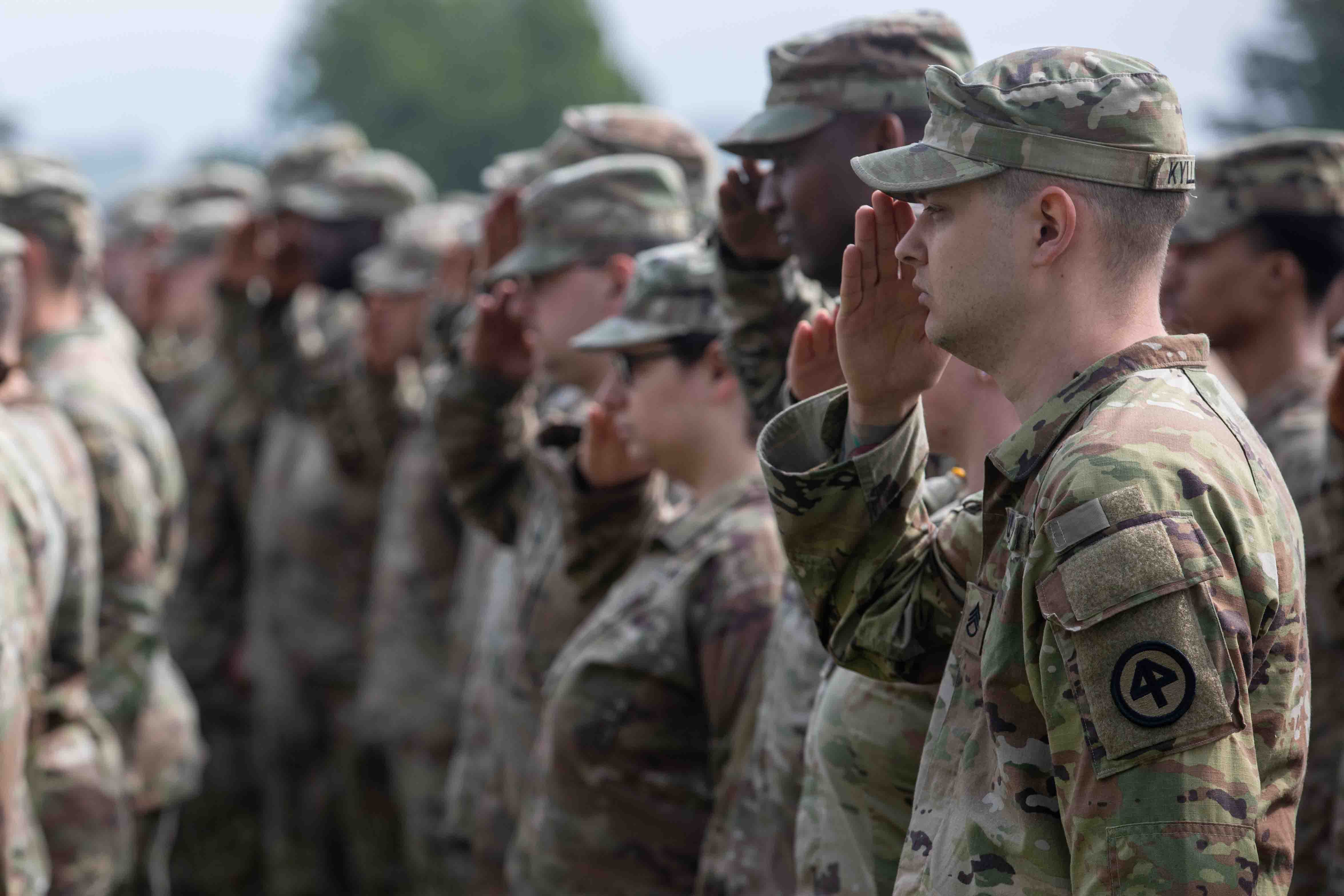A personal health diagnosis and social media networking spurred Lily Casura to examine homelessness among female veterans. And with the help of a grant she received June 1 from the International Women's Media Foundation, Casura hopes to expand her research and call attention to a portion of the veteran population that is often overlooked.
Casura, an independent journalist, was awarded a $19,500 grant to complete a multimedia project on homeless female veterans in the U.S. She is one of nine journalists to receive grants, which are drawn from the IWMF's Howard G. Buffett Fund for Women Journalists to advance the contributions of women in the media worldwide. Other projects will focus on topics such as rape in India and water access in rural Colombia.
"The average American doesn't realize this is an issue," said Casura, who hopes to "fill a big knowledge gap" with her project, titled "Invisible No More: Homeless Women Veterans."
Casura plans to incorporate data visualization, interviews with veterans affected by homelessness and state-specific resources available to homeless veterans into her initiative, which is set to be finished in about eight months.
The Department of Veterans Affairs "can't eradicate homelessness unless they address the female component," Casura said.
At least 40,000 veterans are estimated to be struggling with homelessness; women comprise about 16 percent of veterans, and the number of female veterans is steadily increasing. A White House goal set five years ago aimed to eradicate veteran homelessness by the end of 2015, but heads of the departments of Veterans Affairs, Housing and Urban Development, and Labor on June 3 backed off that goal, instead emphasizing the need to end the problem in a sustainable way.
"I don't think people know how bad this problem is," said Rosie Palfy, a Marine Corps veteran who was homeless from November 2006 until March 2009, said.
Palfy, now a homeless advocate who serves on the board of the Cuyahoga County Office of Homeless Services in Ohio, said Casura's "Invisible No More" project will raise awareness of homeless female veterans and help inform people that there's no "one-size-fits-all approach to ending homelessness."
Many studies on veteran homelessness focus on men, Palfy said, so Casura's project will help ensure that women are more than an afterthought in the discussion.
Casura's interest in veterans issues began by chance.
After being diagnosed with chronic fatigue syndrome in the 1990s, she leveraged her journalistic skills to research treatments and move toward recovery. That eventually led Casura to correspond with a Marine Corps officer in Ramadi, Iraq, which opened her eyes to the difficulties service members face when returning from war.
"It was an intro to PTSD in real time," she said, noting that she found similarities among treatments for her health issues and post-traumatic stress disorder.
Inspired to share this information with those returning from the wars in Iraq and Afghanistan, Casura created Healing Combat Trauma, a website with a collection of articles and resources, in 2006.
"I found Lily's website to be very creative and very comprehensive," said Ray Scurfield, a professor emeritus of social work at the University of Southern Mississippi who works in a private psychotherapy practice in Mississippi. Scurfield, a Vietnam veteran, said the Healing Combat Trauma website comprehensively handles a subject that often lacks coverage.
In her quest to contribute solutions to post-traumatic stress, Casura read everything she could on the subject, including medical journal articles. She started getting to know other veterans via Facebook, and in 2013 she spoke at the Military Officers Association of America's Warrior-Family Symposium.
But it wasn't until Casura enrolled in a master's of social work program last year that she began to explore veterans homelessness in depth. A project propelled her to think about homeless female veterans and why they might not show up in the annual point-in-time counts, conducted by the Department of Housing and Urban Development to estimate the homeless population. Casura theorized that homeless women may be less likely to stay in shelters or on the streets where they'd be counted, instead moving from couch to couch or staying in abusive relationships to avoid being officially considered homeless.
Using contacts she developed on social media, including Palfy, Casura surveyed veterans who'd had dealt with homelessness. The responses spanned every era and branch of service, she said, and will help shape her "Invisible No More" project.
"Female vets will benefit from this research for generations," said Palfy, who lived in shelters and eventually transitional housing during the time she was homeless.
She said VA is moving in the right direction in ending veterans homelessness but that local efforts are necessary, too; that's why Casura's goal of featuring resources on a state level is particularly important.
Scurfield said Casura's determination and dedication will lead to lasting results for homeless veterans.
"When she gets hold of something, she doesn't let it go," he said.
Casura said she's excited to put the IWMF grant to use, building on her work to "put even more of a spotlight" on homeless female veterans and make sure they're involved in discussions on reducing and eliminating homelessness among veterans.
"We can't help who we can't see," she said.
On the Web: www.healingcombattrauma.com





